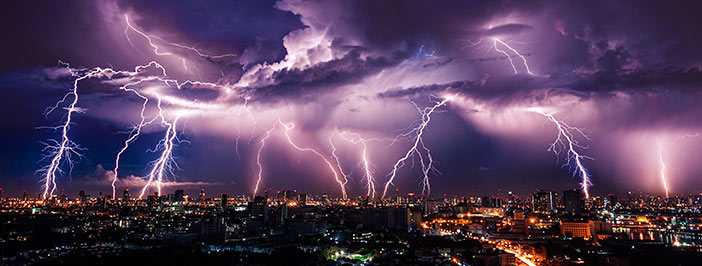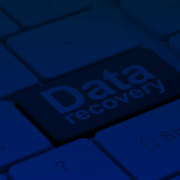How to Create the Perfect BDR Plan
Disasters come in many forms. From cyberattacks to hardware malfunctions, many things can end up taking down the network. Your perfect BDR plan prepares your business for these possibilities.
With a plan in place, everyone will know exactly what to do, you’ll know of the resources on hand, and who they should contact in the emergency. You don’t have a way to guarantee that a disaster never strikes, but the right BDR plan can minimize the impact and risk of the situation.
Start With the Vital Functions of Your Business
Your organization doesn’t need every single system recovered before you can resume operations. Look at the business processes and the infrastructure to see how much needs to come back up before you can resume limited operations.
This bare minimum baseline gives you a target for the recovery process.
Prioritize all of your business processes and systems similarly. It might take some time to get everything running again, but everyone will end up being able to get at least some work done during the process.
List the Available Resources for Disaster Recovery
What resources do you have access to help before, during and after the disaster?
Many of the tools and techniques require specialized knowledge, with a lot of the effort falling on your IT department. Emergency management personnel also play a key role in this process, but you may want to consider keeping a managed services provider on-hand for extra assistance during this stressful period.
Related: How the Cloud Fits Your Business
Keep the BDR budget in mind as well. You can’t schedule the perfect time for a disaster, so you have to account for the increased prices of urgent purchases.
Develop a Business Impact Report
It’s not enough to know that a disaster will negatively affect your business. You need a data-driven report that will explain exactly what gets impacted during various types of emergencies. This report acts as another prioritization tool, as you can address the areas that lose the most money during unexpected downtime first.
Related: Hurricane Harvey and Other Disasters: Why Your Business Needs a BDR Plan
Create a Communication Chain of Command
Miscommunication can lead to a slower recovery process. Everyone involved in the disaster recovery team should know who they need to contact and when. Have backup contacts for each step, so no one misses out on key information. Some disaster recovery and emergency management solutions can automate notifications and information sharing in these situations.
Test and Implement Disaster Recovery Solutions
Your BDR plan may look great on paper, but that doesn’t mean much when you try to restore a backup and it doesn’t have half the data you expect it to. When you implement disaster recovery solutions, have regularly scheduled tests and drills that run everyone through the complete process.
Related: How to Prepare Your Business for Unexpected Disasters
Not only do you ensure that the backups and other solutions work properly, but you also get staff members used to what they should be doing in a time-sensitive emergency.
Frequently Evaluate Your BDR Plan
The BDR plan that you use when your company first started out may not be suitable for your changing business needs a decade later. Review your BDR plan on a regular basis to ensure that recovery priorities are correct and all of the information is up to date. If you add new disaster recovery solutions, update the policies and procedures to account for that.
Did You Know? 21% of small-business owners without a written disaster plan said they don’t have one because it’s not a high priority for them.
Add in a review period following disasters so you can collect feedback and make any changes necessary to the current plan. You don’t want the same problem area coming up each time there’s unexpected downtime.
Disasters may come your company’s way throughout the years, but a strong BDR plan means that you’re ready to minimize the downtime.
Talk to GB Tech
When it comes to planning for disaster recovery, it’s best to plan well in advance. You should trust an expert in backup and disaster recovery to help you create a seamless plan for your business.
Questions? Reach out to us today, and we’ll have all the answers you’ll need.























